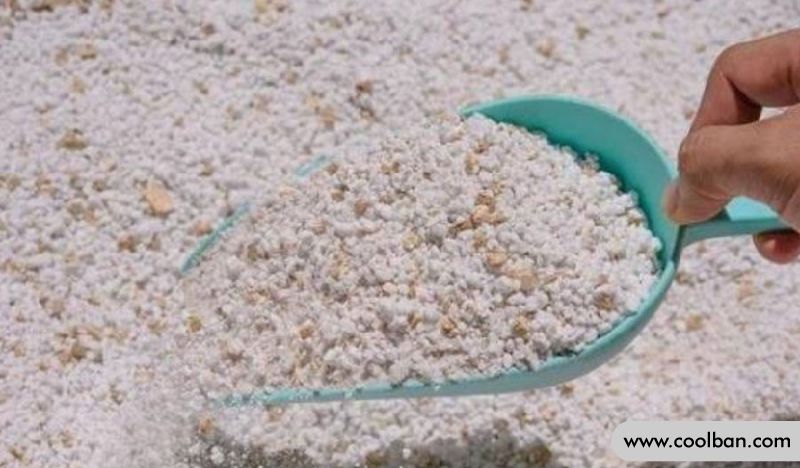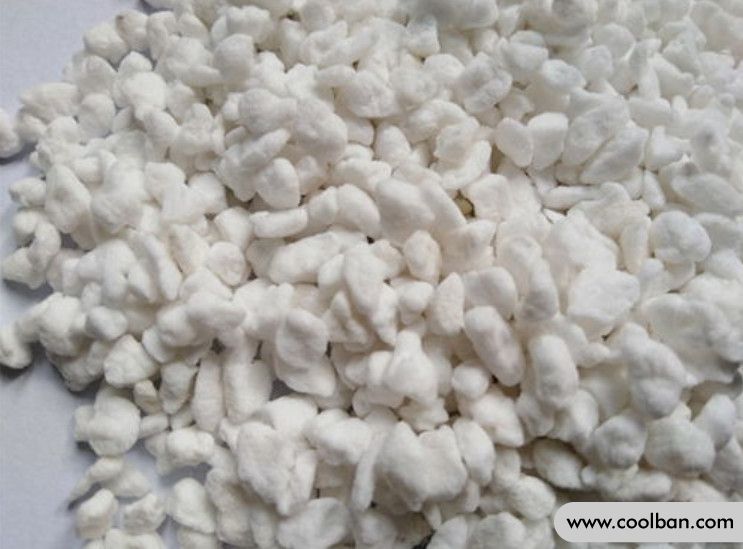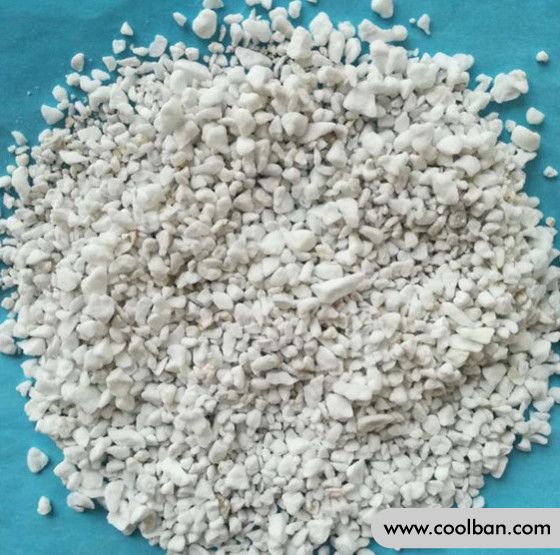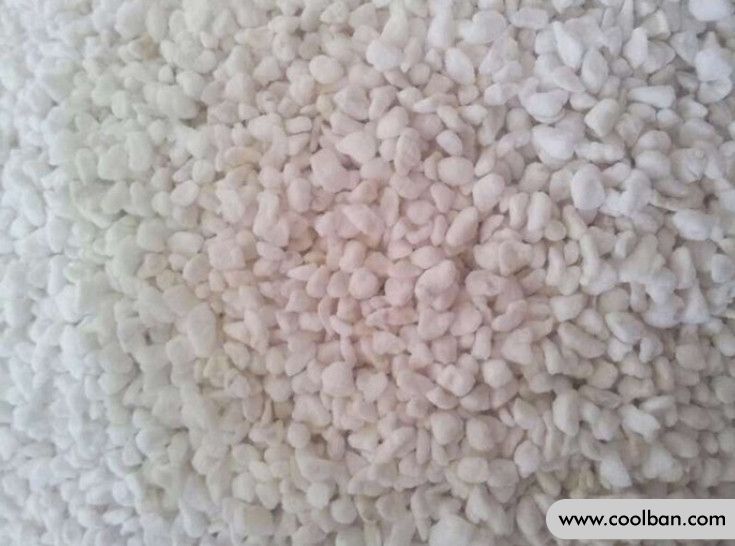What is the difference in particle size of expanded perlite?
Perlite is a natural non-metallic mineral, it is also called expanded perlite because it rapidly expands 4 to 30 times in volume under high temperature conditions. No beneficiation is required, only crushing and screening are required. After its expansion, some particles are large and some are small, so what is the difference in the size of the expanded perlite particles? What are the methods used in planting? Come and see with us!

The particle size of expanded perlite Difference :
The large and small particles after expansion are mainly determined by the different raw materials of the ore net. The following is the difference between different particle sizes:
The difference between particle size 1. The difference between the use of large particles and small particles, small particles should be used for the exterior wall of the building, which is convenient for construction flatness and good appearance of the wall; the main reason is that the filler is better and the thermal insulation effect is good. Landscaping generally uses large particles, which is conducive to the maintenance of plant water and nutrients. Depending on your soil improvement needs, you should choose the right perlite for your plants.
The difference in particle size 2. The price is different. In theory, the smaller the perlite, the more steps required, and the higher the price, while the larger particle is relatively cheap.

How to use perlite in hydroponics?
Perlite salt is a sterile material, has good water absorption, and has no fertility itself, so there is no problem with using perlite for hydroponics.
Perlite is ideal as a hydroponics medium. Its neutral pH, the fact that it absorbs no nutrients, and its low price mean it is one of the best hydroponics solutions. Because it dries out more easily than some other hydroponic feeds, you can use it with other ingredients.
If you want to increase the survival rate of your plants, you need to choose a loose and breathable substrate when planting, and ensure an environment that is relatively sterile and less fungal pathogenic.

How to use perlite to grow grass, plants or trees in the garden:
Method 1. Vegetables and flower beds - To prepare soil for growing vegetables or flowers, add 10 cm of perlite layer to 30 cm of soil. Sphagnum moss can also be added if the soil is of poor quality.
Method 2. Revegetation - Amend the soil in the revegetated area with coarse perlite to prevent water retention and improve drainage.
Method 3. Lawn - Aerate the lawn with perlite to lengthen or block the lawn and improve drainage.
Method 4. Plant trees or shrubs - prepare a soil mix of one-third soil, one-third perlite, and one-third peat moss. Dig holes where you want to plant trees or shrubs and use a perlite soil mix as a growing medium.

Steps for rooting plants using perlite:
To use step 1, fill a small jar with half of the damp perlite and lightly press it into pieces to compact it slightly.
Using step two, place individual plant cuttings on top, fill the rest of the pot, and press down gently to support the planting. Place the pot in a bright, sunny location.
Using step three, lightly spray it with water every once in a while to prevent it from drying out. However, don't overwater it either. Once the cuttings are rooted, transfer them to a new, larger pot that should be filled with the proper potting mix.
There is another method of use that is rooting in a sealed plastic bag, but this method is less common.
